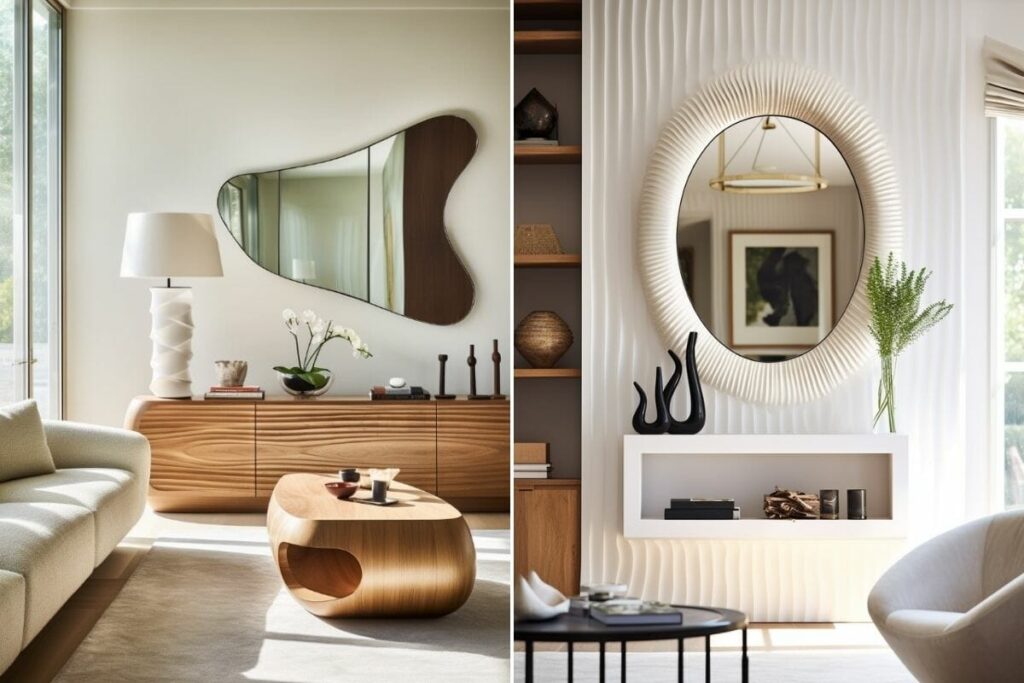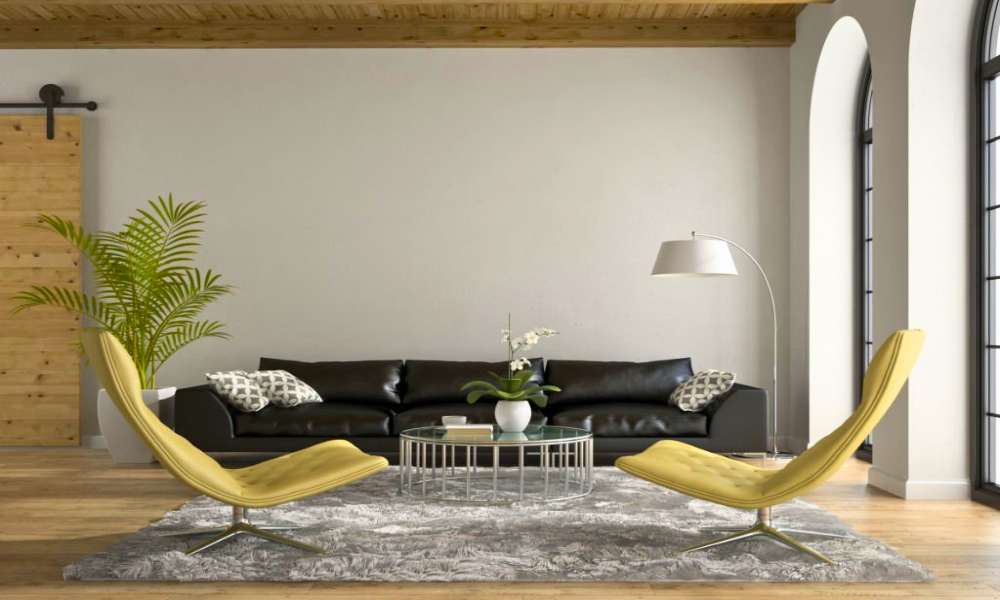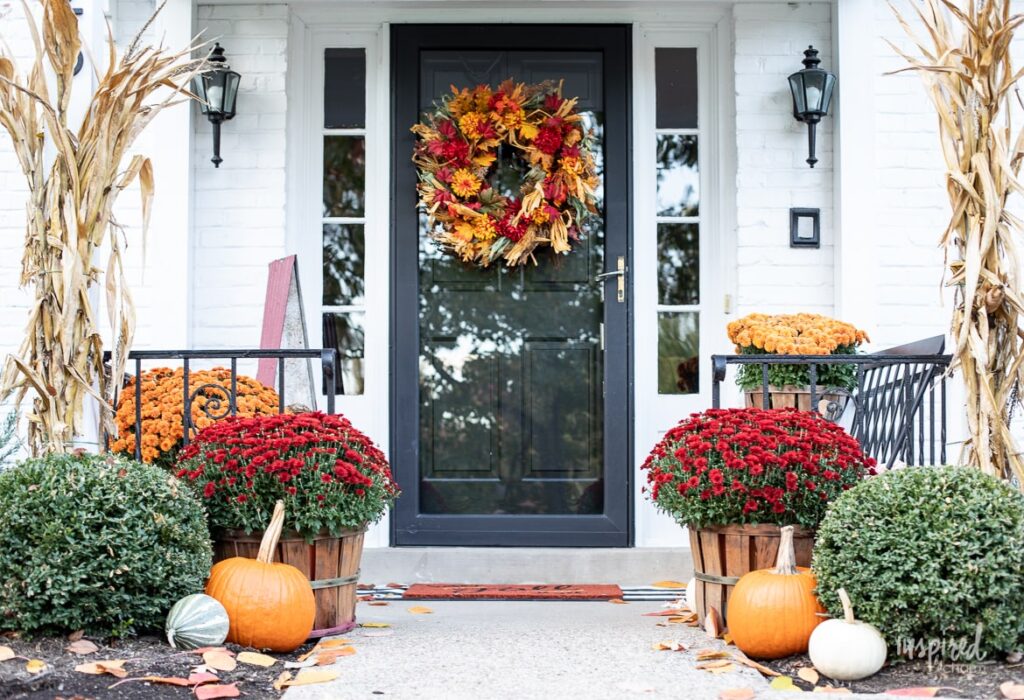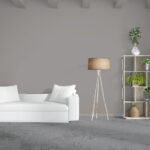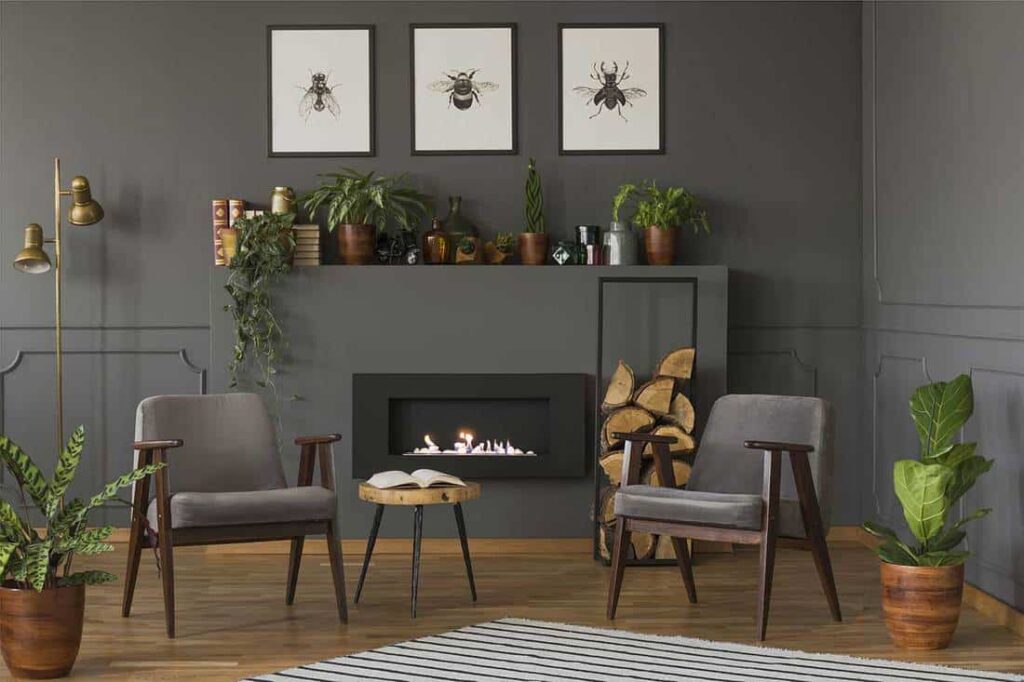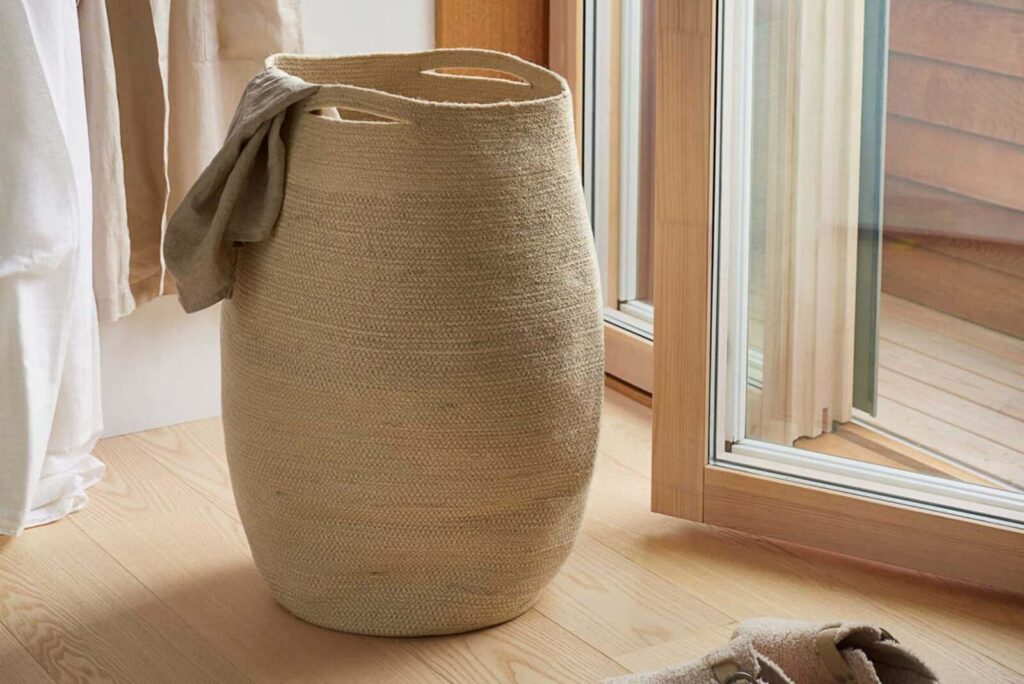The year 2025 is rapidly approaching, and with it, a wave of exciting new trends in home decor. While predicting the future is never an exact science, several emerging styles and preferences suggest a fascinating shift in how we approach interior design. From sustainable materials to technological integration and a renewed focus on wellbeing, the homes of 2025 promise to be both stylish and deeply personal reflections of their inhabitants.
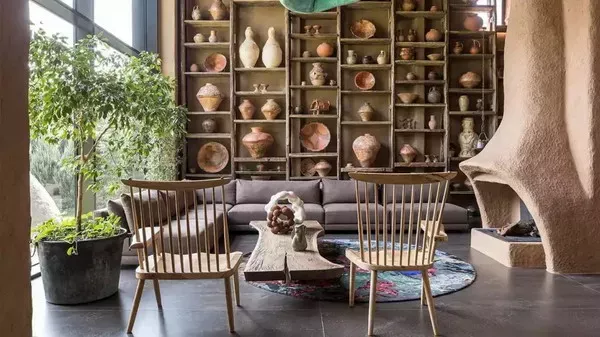
Sustainable and Eco-Conscious Design Takes Center Stage
Sustainability is no longer a niche trend; it’s a necessity. In 2025, we’ll see a significant surge in eco-conscious design choices. This includes a strong preference for reclaimed and recycled materials, like repurposed wood, vintage furniture, and ethically sourced fabrics. Consumers are becoming increasingly aware of the environmental impact of their purchases, and this awareness will drive a demand for sustainable and transparent manufacturing processes.
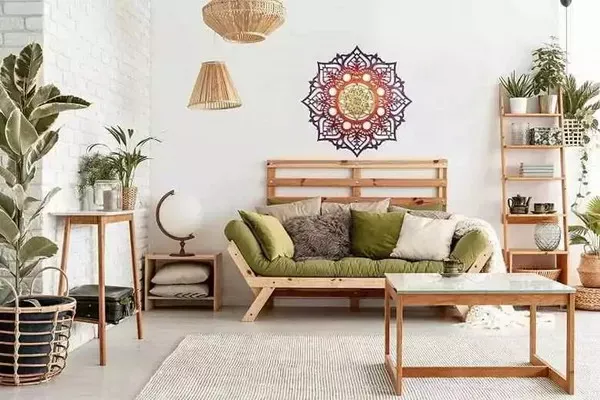
Expect to see more biophilic design elements, incorporating natural materials like bamboo, rattan, and cork into furniture and decor. Natural dyes and finishes will also be popular, minimizing the use of harsh chemicals. The focus will shift from disposable fast furniture to durable, high-quality pieces designed to last a lifetime, reducing waste and promoting circularity.
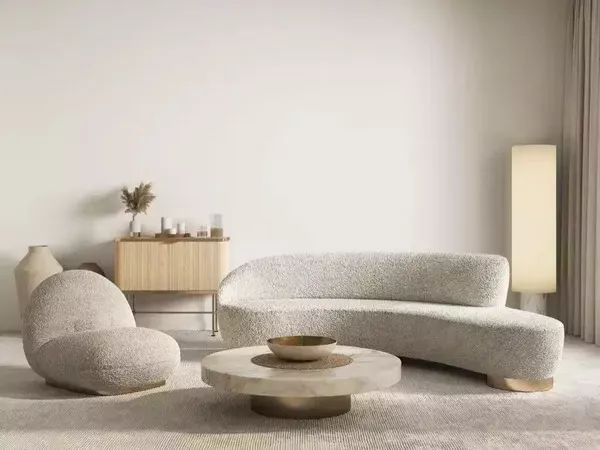
Key Sustainable Materials for 2025:
- Reclaimed wood
- Recycled metal
- Bamboo
- Rattan
- Cork
- Organic cotton
- Hemp
Technology Seamlessly Integrated into the Home
Smart homes are no longer a futuristic fantasy; they’re becoming increasingly commonplace. In 2025, technology will be seamlessly integrated into home decor, enhancing both functionality and aesthetics. Think smart lighting systems that adjust to your mood and circadian rhythm, automated window coverings that optimize natural light, and voice-activated assistants controlling various aspects of your home environment.
However, the focus will shift from a purely functional integration to a more aesthetically pleasing one. Smart technology will be discreetly integrated into design, avoiding clunky gadgets and wires. Expect to see sleek, minimalist designs that seamlessly incorporate smart technology without compromising on style.
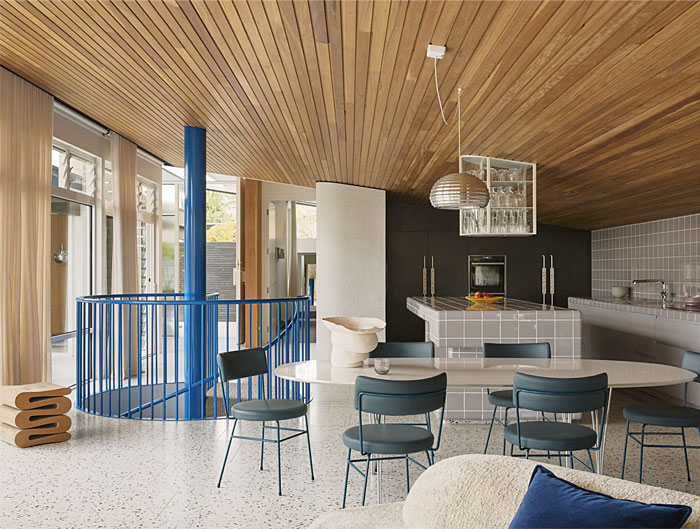
Technological Advancements in Home Decor:
- Smart lighting systems
- Automated window coverings
- Voice-activated assistants
- Smart thermostats
- Integrated sound systems
- Interactive wall displays
The Rise of Biophilic Design and Wellness
Biophilic design, which incorporates elements of nature into the built environment, will continue its upward trajectory in 2025. This trend emphasizes the importance of connecting with nature to improve mental and physical wellbeing. Homes will feature abundant natural light, indoor plants, natural materials, and calming color palettes to create a tranquil and restorative atmosphere.
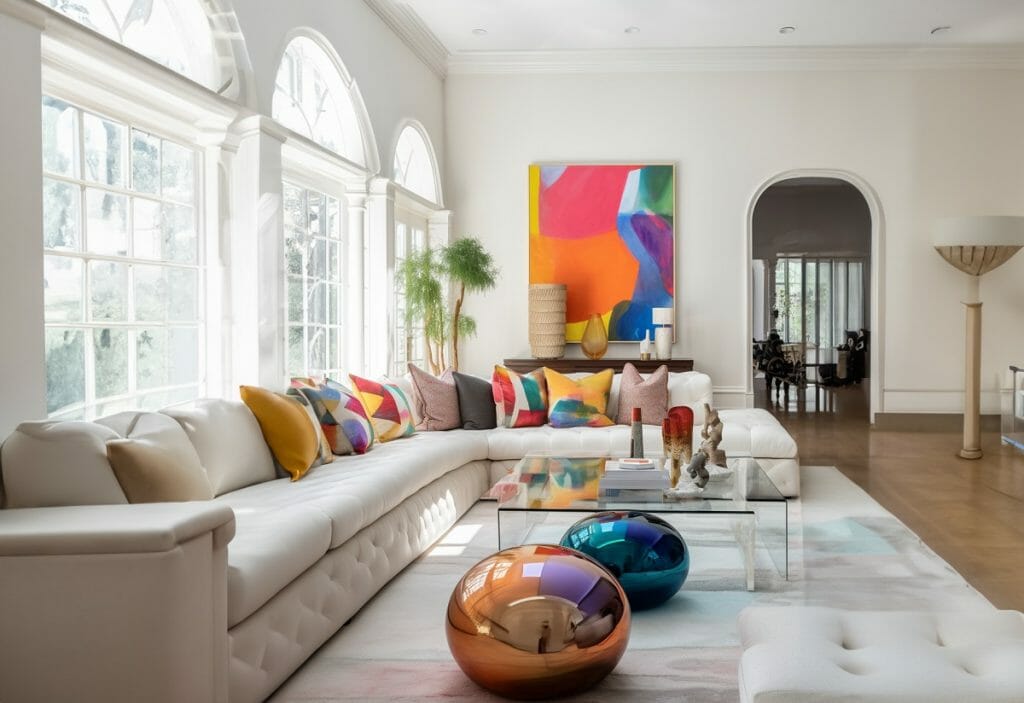
This focus on wellbeing will also extend to other aspects of design. Ergonomic furniture, designed for comfort and proper posture, will be highly sought after. Multifunctional spaces that can adapt to various activities, promoting flexibility and reducing stress, will also gain popularity.
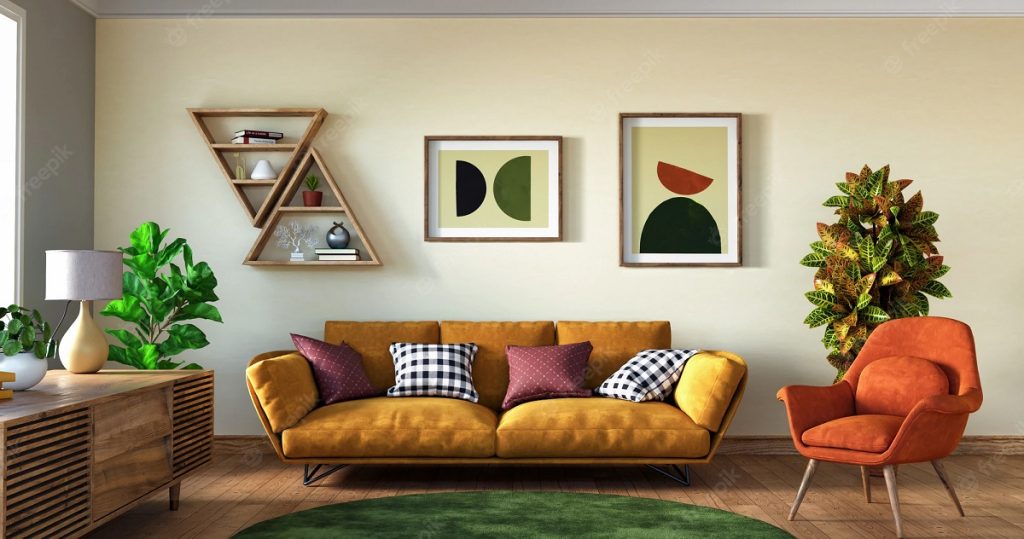
Creating a Wellness-Focused Home:
- Maximize natural light
- Incorporate indoor plants
- Use natural materials
- Choose calming color palettes
- Invest in ergonomic furniture
- Create multifunctional spaces
A Shift Towards Maximalism and Personalized Expression
While minimalism has enjoyed a long reign, 2025 will see a resurgence of maximalism, albeit a more refined and curated version. This means embracing bold colors, eclectic patterns, and a mix of textures and styles to create a space that reflects your unique personality and passions. However, this maximalism will be less about clutter and more about deliberate layering and artistic expression.
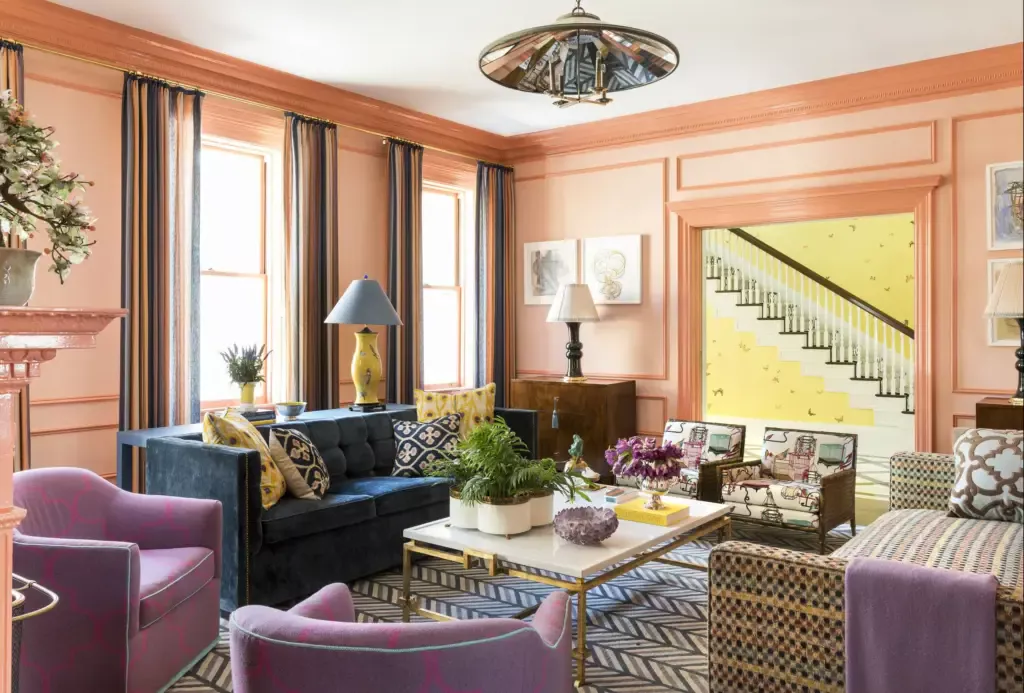
Personalization will be key. Homes will be designed to tell a story, reflecting the hobbies, travels, and memories of their inhabitants. Unique artwork, handcrafted items, and souvenirs from travels will be incorporated into the design, creating a space that feels authentic and deeply personal.
Embracing Maximalism with Style:
- Use bold colors and patterns
- Mix textures and materials
- Incorporate personal collections
- Display unique artwork
- Create gallery walls
- Showcase family heirlooms
The Enduring Appeal of Classic Styles with a Modern Twist
While new trends emerge, some classic styles remain timeless. In 2025, we will see a renewed appreciation for classic styles like Art Deco, Mid-Century Modern, and Victorian, but with a modern twist. This means incorporating contemporary elements and materials into these established designs to create a fresh and updated look.
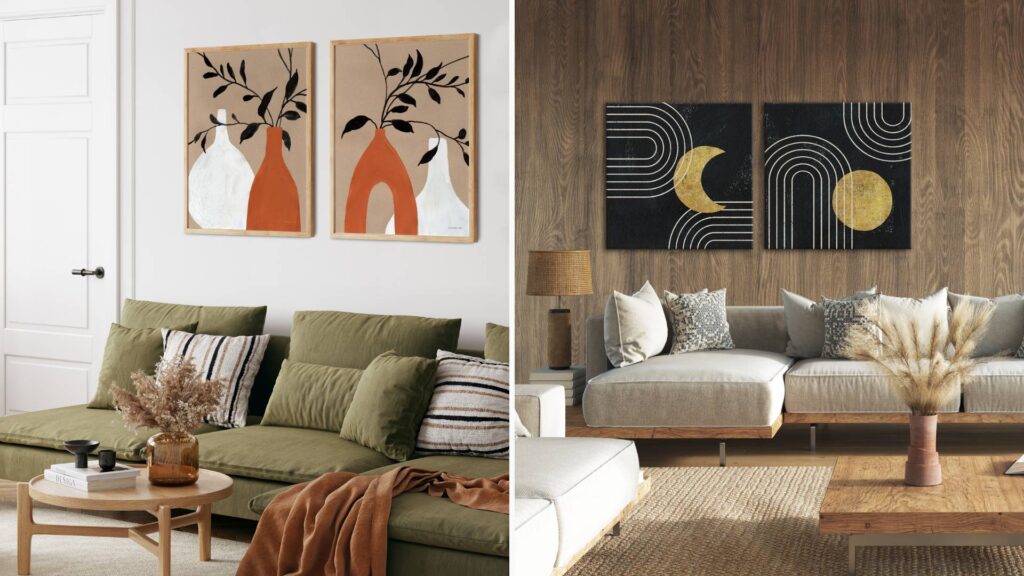
For example, a Mid-Century Modern living room might feature updated upholstery fabrics and sleek, minimalist lighting fixtures, while a Victorian-inspired bedroom might incorporate modern technology and streamlined furniture silhouettes.
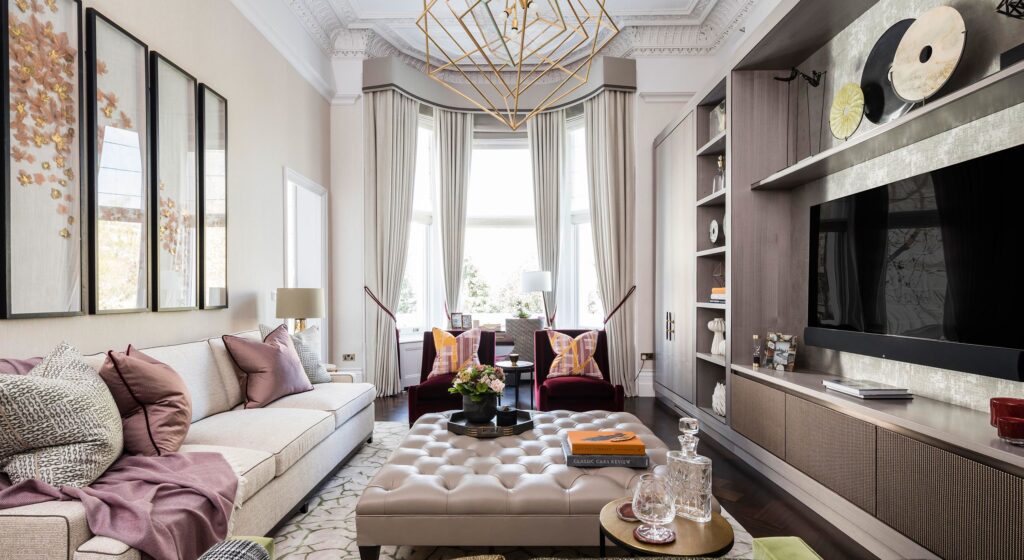
Classic Styles Reimagined:
- Art Deco with contemporary metallic accents
- Mid-Century Modern with updated upholstery and lighting
- Victorian with streamlined furniture and modern technology
- Farmhouse with industrial elements
- Scandinavian with bold pops of color
Color Palettes Reflecting Global Influences and Individuality
Color palettes in 2025 will be diverse and reflect a growing appreciation for global influences and individual expression. Expect to see a wider range of hues, from earthy tones and muted pastels to vibrant jewel tones and bold, saturated colors. The focus will be on creating balanced and harmonious color schemes that complement personal styles and enhance the mood of each space.
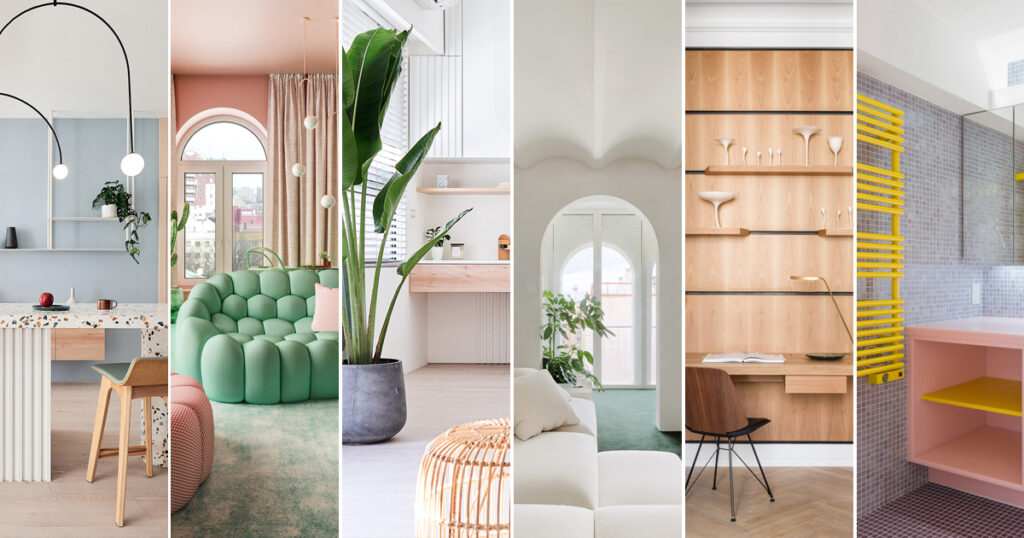
The use of color will be intentional and strategic, with different colors used to create various moods and atmospheres within the home. For example, calming blues and greens might be used in bedrooms, while vibrant yellows and oranges might be used in living spaces to create a sense of energy and warmth.
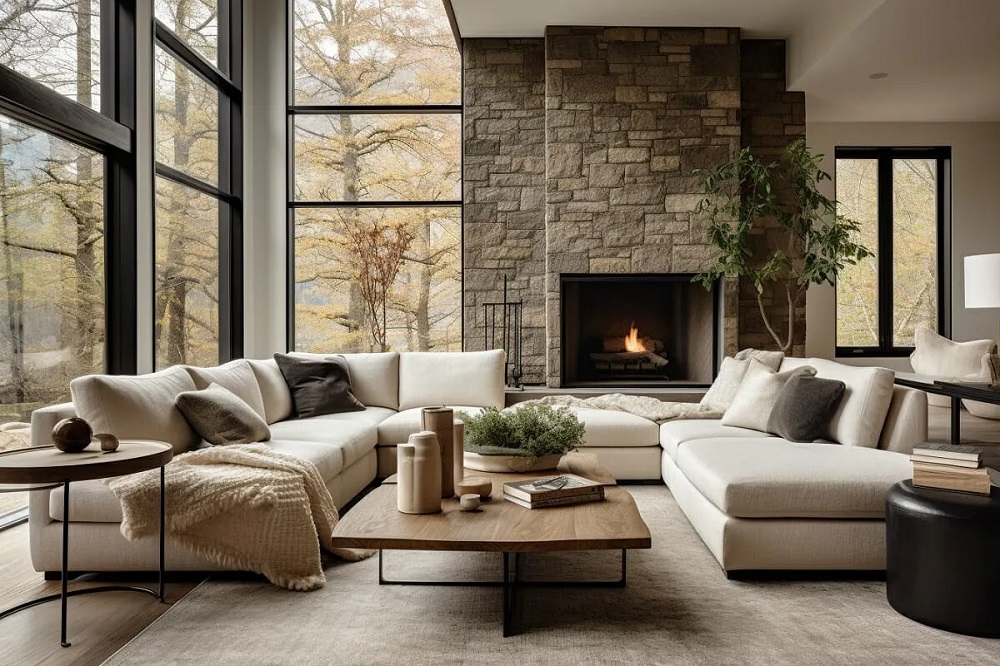
Conclusion: A Future of Personalized and Sustainable Design
The home decor trends of 2025 point towards a future of personalized, sustainable, and technologically integrated living spaces. By embracing eco-conscious materials, integrating smart technology seamlessly, prioritizing wellbeing through biophilic design, and expressing individual style through maximalism or classic styles with a modern twist, we can create homes that are both beautiful and deeply meaningful.

Ultimately, the most significant trend of 2025 will be the continued emphasis on creating homes that reflect the unique personalities and values of their inhabitants. It’s a future where functionality, aesthetics, and sustainability coexist harmoniously, leading to more personalized and fulfilling living experiences.
